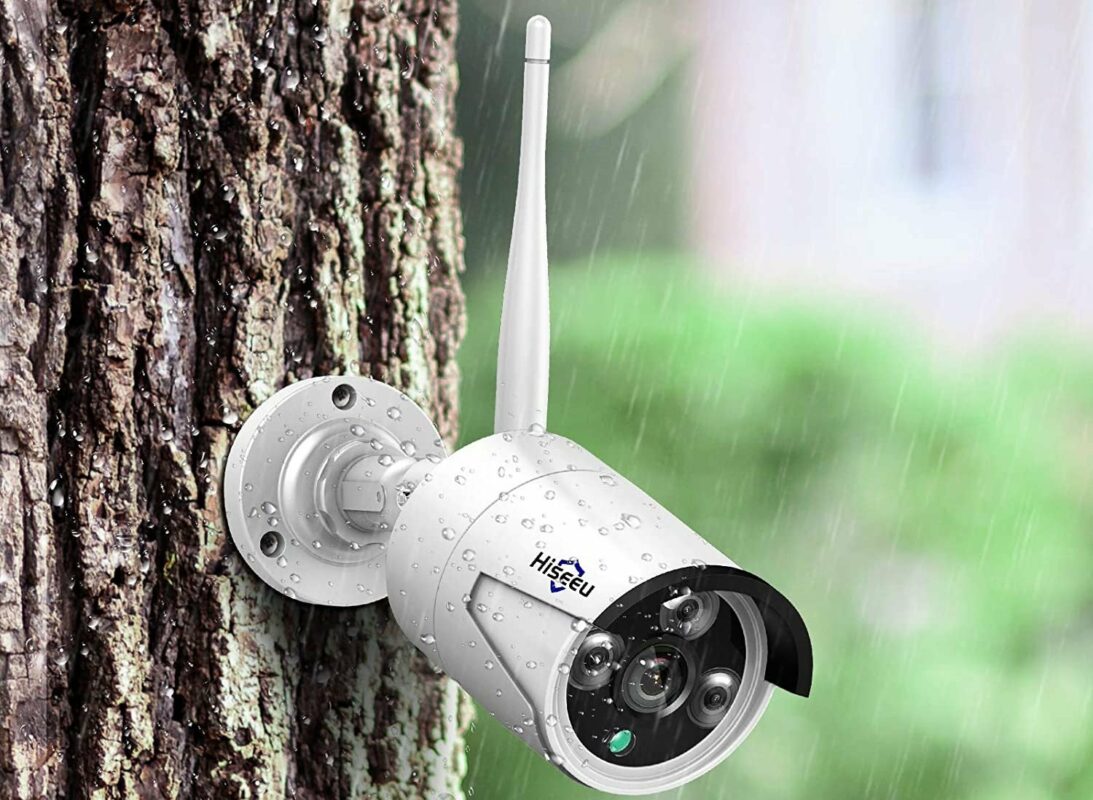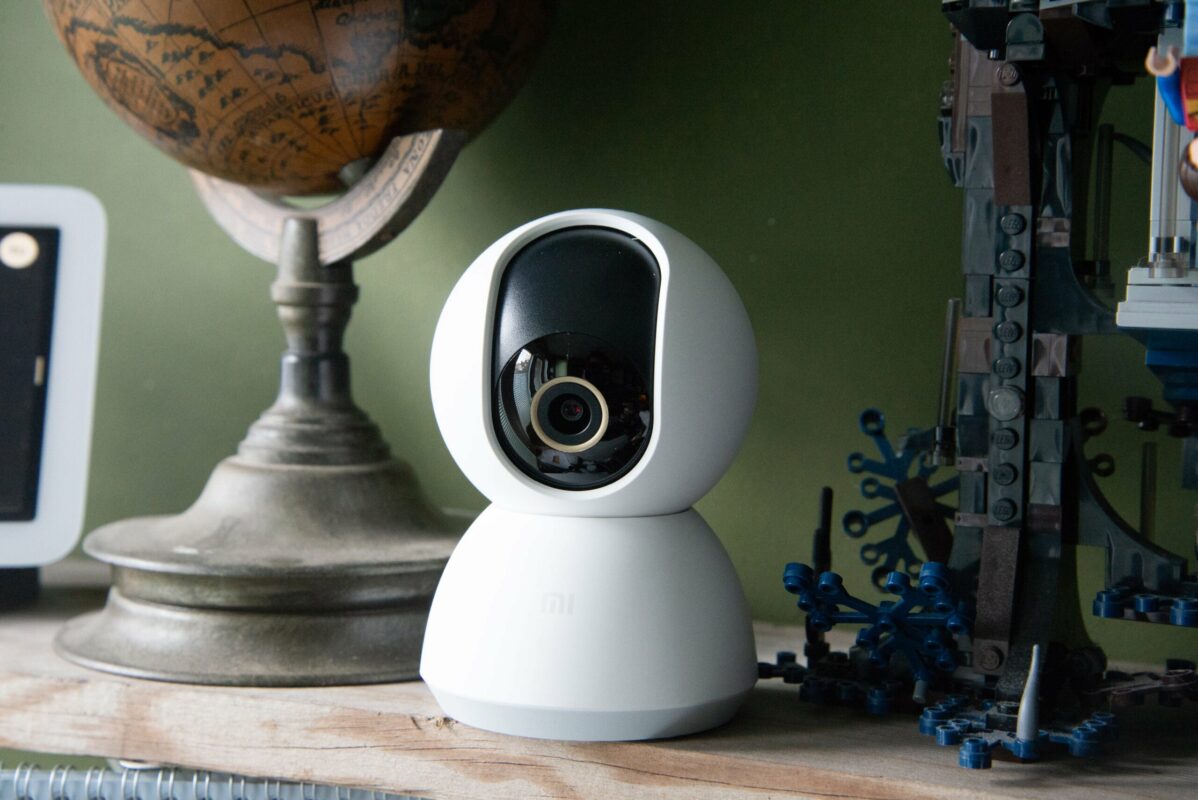Advantages and disadvantages of wireless security cameras
You know the large number of activities that take place in a large metropolis. People go to offices to take care of business, store owners try to sell their wares, students go to classes and drivers drive cars and trucks, and lots of lively activities.
Unfortunately, a less than enjoyable activity also struggles in the city: crime. Every city has its share of lawbreakers who disrupt its peace and harmony. Crimes can range from simple violations, like illegal parking and speeding, to really serious violations, like murder. To combat them, each city sends law enforcement officers. Law enforcement agencies use the latest weaponry, technology, and techniques to catch and apprehend criminals.
However, in most cities, law enforcement officers are often outnumbered. To make up for the downside, they turn to surveillance cameras to monitor public areas. Surveillance cameras alert operators to areas where violations of the law are occurring, allowing them to dispatch police officers more quickly. In addition, the images recorded on tape can be used as evidence if the offender manages to escape.
New types of surveillance cameras are now being used in many cities. They are called wireless security cameras. As the name suggests, these cameras are not connected by any cables. Standard cameras are connected to a central monitoring system via cables.
These wireless devices are gaining in popularity. In fact, police units are installing them in various areas of the city. Furthermore, government agencies, businesses, and private citizens are also using them.
The main advantage of a wireless system is that these systems are not limited by cables. That means they can be placed anywhere without too much concern about cable placement. The signal is transmitted via a streaming signal, which can also be accessed via the Internet if permission is approved.
Wireless systems generally use a compression ratio of five to one. Higher compression rates are also available for DVD-quality images. The downside of this high compression rate is that the hard drive space of wireless cameras fills up faster than with a wired-powered camera. Wireless systems can time-stamp images.
Additionally, more advanced wireless security cameras can alert operators by sending them an email if detect unusual activity.
There are also downsides to using wireless security cameras. For example, digital video recorders can sometimes pick up signals from these cameras, threatening the security of the images. Also, if one knows the proper frequency, the signals can be blocked. Blocking a stream means scrambling or blocking the signal so it doesn’t register correctly on monitors. Blocking a police broadcast is a crime and is dealt with severely.
Furthermore, they are not appropriate for long-term surveillance. This is because signal transmission requires a higher amount of power than usual, draining battery power more quickly than their wired counterparts. Also, if they are not stored properly, they can be easily stolen; there are no cables attached to them to help secure these devices to their stands or posts.













